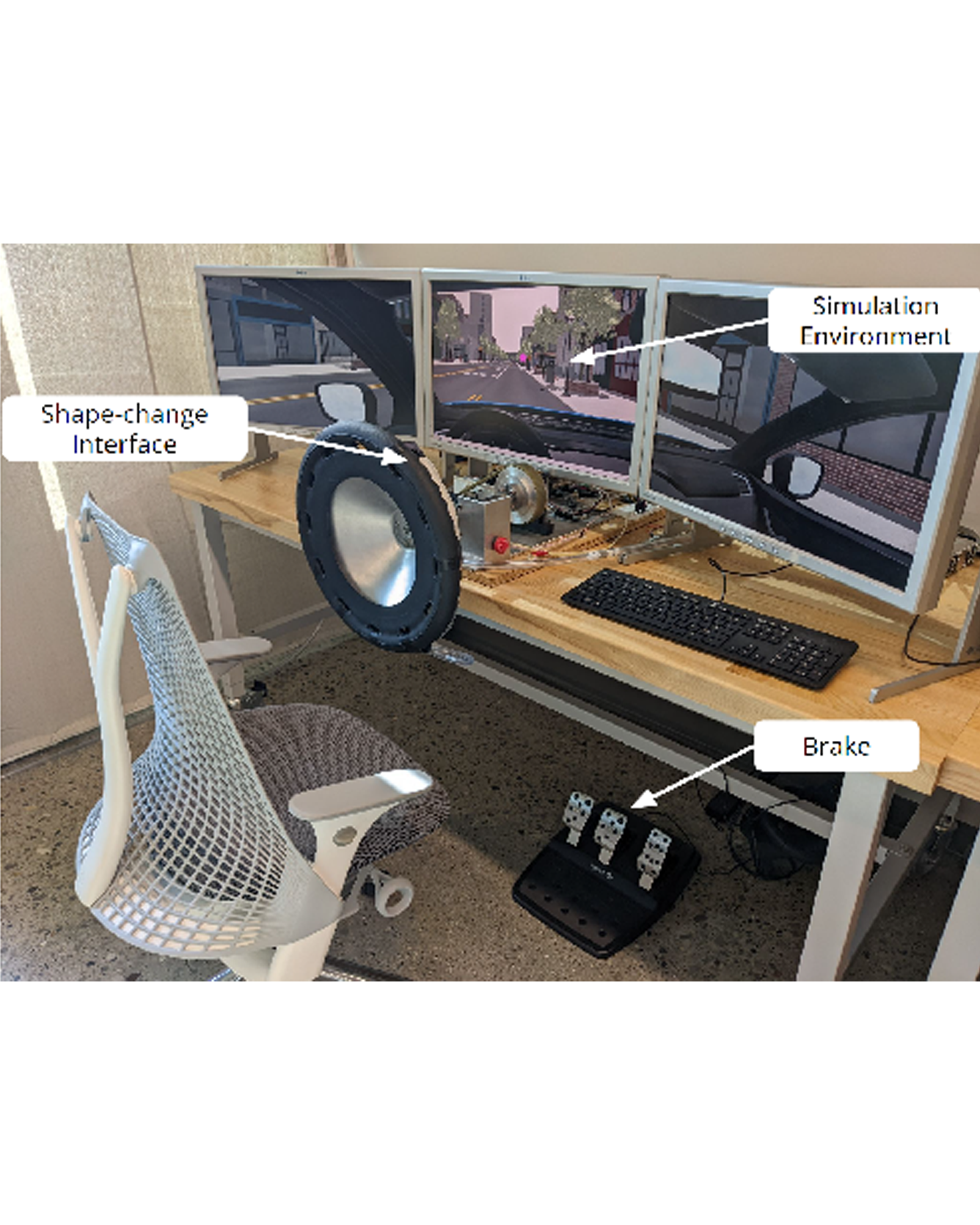
In this information age, our machines have evolved from tools that process mechanical work into computerized devices that process information. A collateral outcome of this trend is a diminishing role for haptic feedback. If the benefits of haptic feedback, including those inherent in tool use, are to be preserved in information processing machines, we require an improved understanding of the various ways in which haptic feedback supports embodied cognition and supports high utility exchange of information. In this paper we classify manual control interfaces as instrumental or semiotic and describe an exploratory study in which a steering wheel functions simultaneously to communicate tactical and operational features in semi-autonomous driving. A shape-changing interface (semiotic/tactical) in the grip axis complements haptic shared control (instrumental/operational) in the steering axis. Experimental results involving N=30 participants show that the addition of a semiotic interface improves human-automation team performance in a shared driving scenario with competing objectives and metered information sharing. READ MORE


